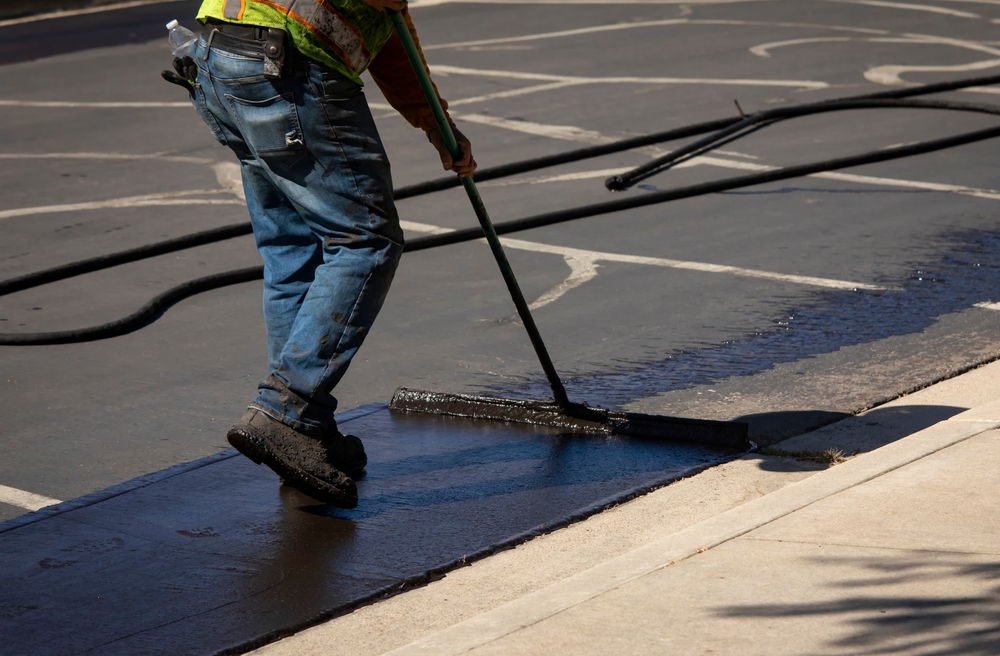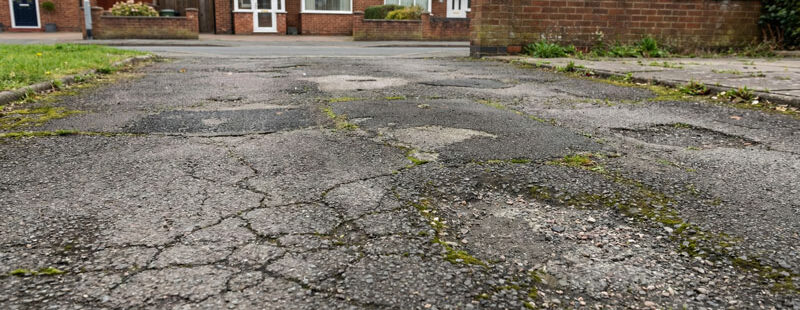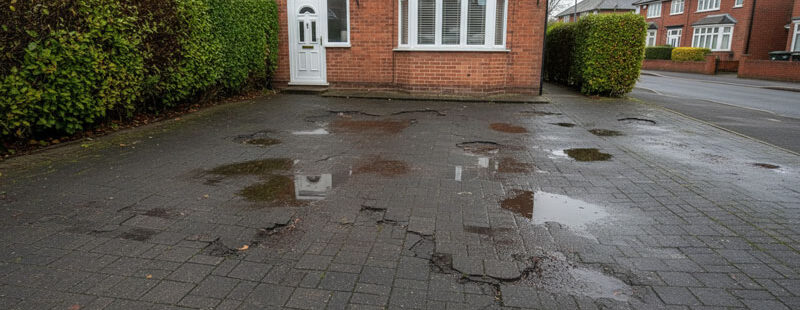
Sealcoating Asphalt: When and Why It’s Crucial for Your P…
Understanding Sealcoating and Its Importance
Sealcoating is a crucial maintenance procedure that helps protect and extend the life of your asphalt surfaces, such as driveways, parking lots, and roads. This process involves applying a thin layer of a specialized liquid coating over the existing asphalt surface. The sealcoat material is designed to:
- Prevent water infiltration and damage
- Protect against UV radiation and oxidation
- Resist oil, gasoline, and chemical spills
- Enhance the appearance of the asphalt surface
By regularly sealcoating your asphalt, you can significantly delay the need for more expensive repairs or replacements, saving you money in the long run.
When to Sealcoat Your Asphalt
The frequency of sealcoating depends on various factors, such as climate, traffic volume, and the quality of the initial asphalt installation. However, as a general rule of thumb:
1. New asphalt surfaces should be allowed to cure for at least 90 days before applying the first sealcoat.
2. Sealcoating should be done every 2-3 years for residential driveways and every 1-2 years for commercial parking lots with higher traffic volumes.
3. If your asphalt surface starts to show signs of wear, such as color fading or small cracks, it’s time to consider sealcoating.
It’s essential to note that sealcoating should be performed during favorable weather conditions:
- The temperature should be above 50°F (10°C) and below 90°F (32°C).
- The surface must be dry, with no rain forecasted for the next 24-48 hours.
- Avoid sealcoating under direct sunlight or during extremely humid conditions.
The Sealcoating Process
To ensure a successful and long-lasting sealcoating application, follow these steps:
1. Clean the asphalt surface thoroughly, removing dirt, debris, and any oil or grease stains.
2. Repair any cracks, potholes, or damaged areas before sealcoating.
3. Trim grass and vegetation along the edges of the asphalt to prevent interference with the sealcoat application.
4. Mix the sealcoat material according to the manufacturer’s instructions, ensuring a consistent blend.
5. Apply the sealcoat using a brush, squeegee, or spray applicator, maintaining a thin and even layer.
6. Allow the first coat to dry completely (usually 6-8 hours) before applying a second coat, if necessary.
7. Keep the sealcoated surface free from traffic for at least 24-48 hours to allow for proper curing.

Benefits of Regular Sealcoating
Investing in regular sealcoating offers numerous benefits for your asphalt surfaces:
- Extended Lifespan: Sealcoating helps protect your asphalt from various environmental factors, extending its lifespan by several years.
“Regular sealcoating can double the life of your asphalt surface, saving you significant money on repairs and replacements in the long run.” – Asphalt Industry Expert
- Improved Appearance: A freshly sealcoated surface has a rich, black appearance that enhances the curb appeal of your property.
- Enhanced Safety: Sealcoating provides a slip-resistant surface, reducing the risk of accidents and injuries, especially in wet conditions.
- Reduced Maintenance Costs: By preventing damage and delaying the need for repairs, sealcoating helps minimize your long-term maintenance expenses.
Conclusion
Sealcoating is a cost-effective and essential maintenance practice for protecting and extending the life of your asphalt surfaces. By understanding when to sealcoat and following the proper application process, you can ensure that your driveway, parking lot, or road remains in excellent condition for years to come. Don’t hesitate to invest in regular sealcoating to save money, improve appearance, and enhance safety in the long run.





